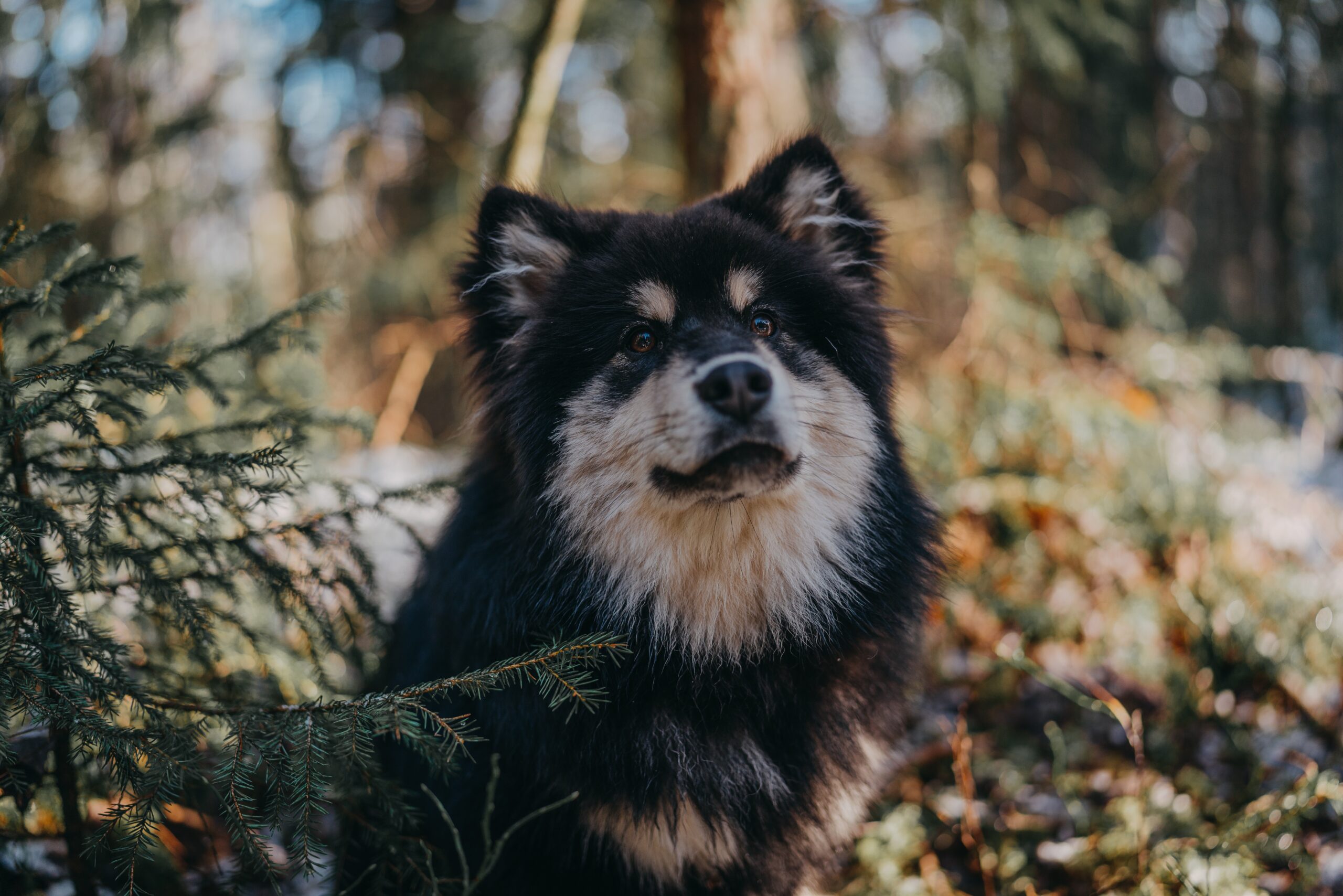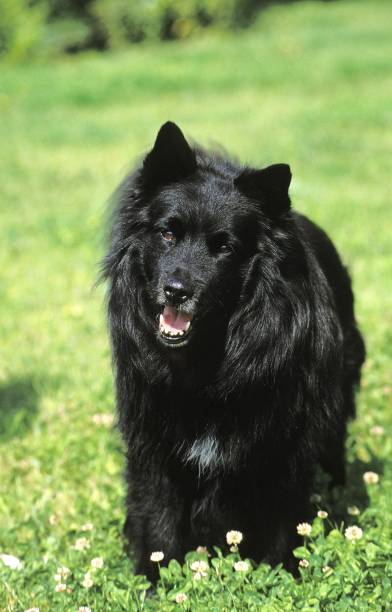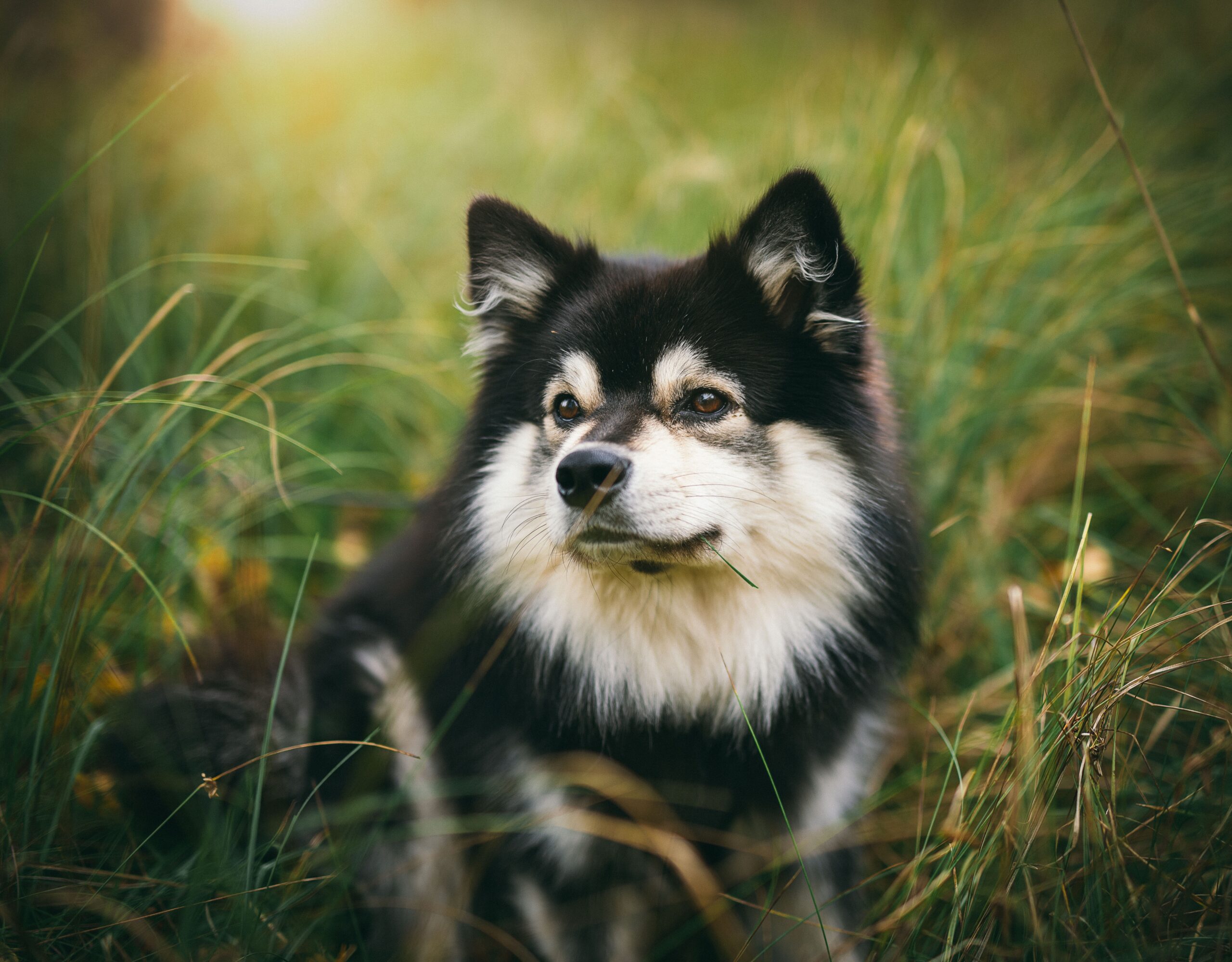Lively, perceptive, caring, and affectionate. The Lapphund is an extremely receptive, alert, and eager worker. Because of its talents as a fine herding dog, it was particularly important in the reindeer trade. It is quite adaptable and can be used for obedience training, agility, herding, tracking, and other activities. It is simple to train and is full of endurance and tenacity.
Swedish Lapphunds make excellent family pets and thrive when participating in all of their human pack’s activities. This flexible, active, and energetic medium-sized spitz is vivacious and intelligent. Despite being a medium to high energy breed, the Lappie is capable of relaxing and calming when necessary, called the Lappie ‘on/off’ switch. They are alert and friendly, yet they may also be independent and stubborn. The breed’s guarding and herding characteristics of alertness and attention-getting barking remain. The Swedish Lappie is eager to please, willing to collaborate, and well-suited for rallies, agility, herding, scent work, and other companion events.






 Health
Health Grooming
Grooming Exercise
Exercise Training
Training Nutrition
Nutrition